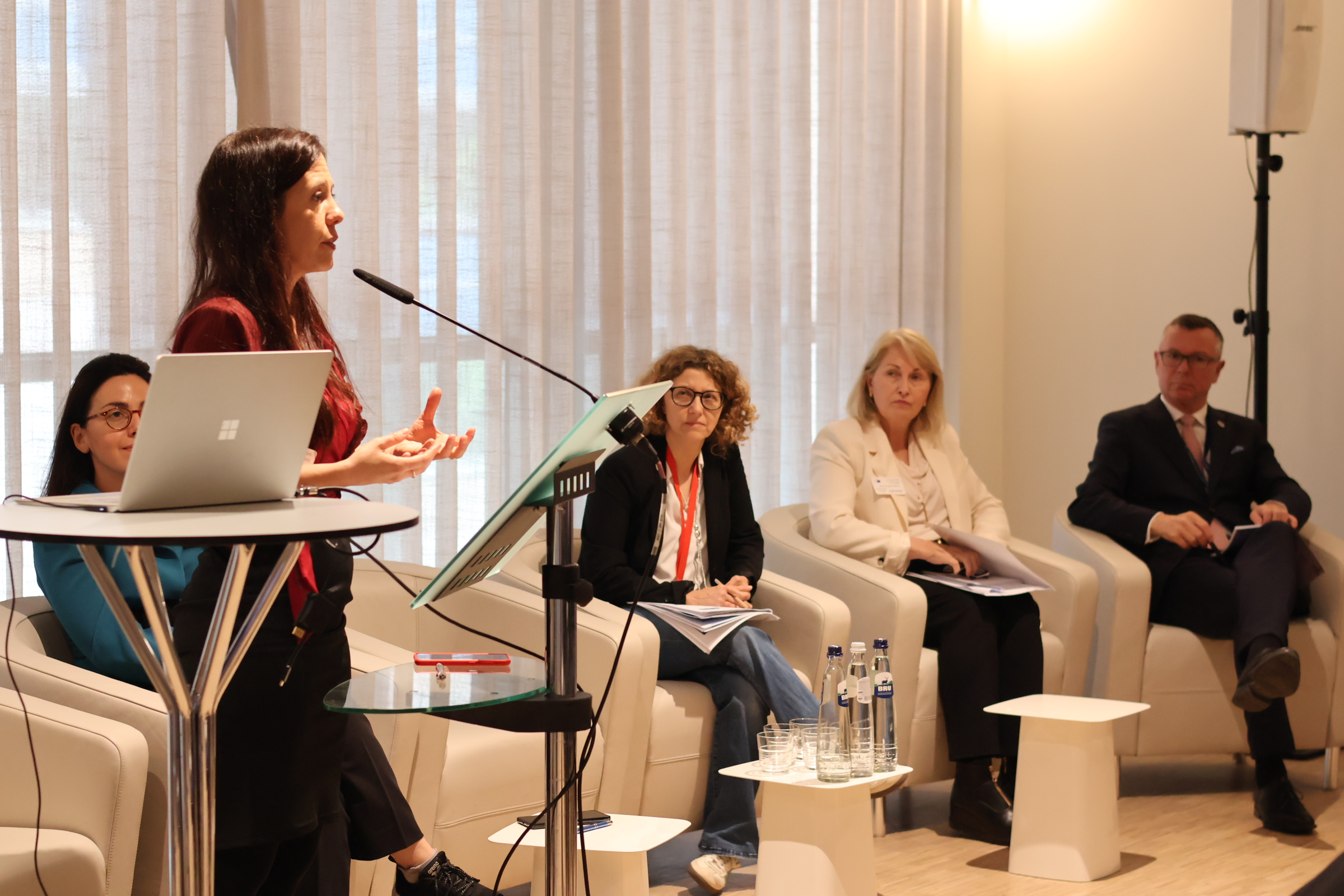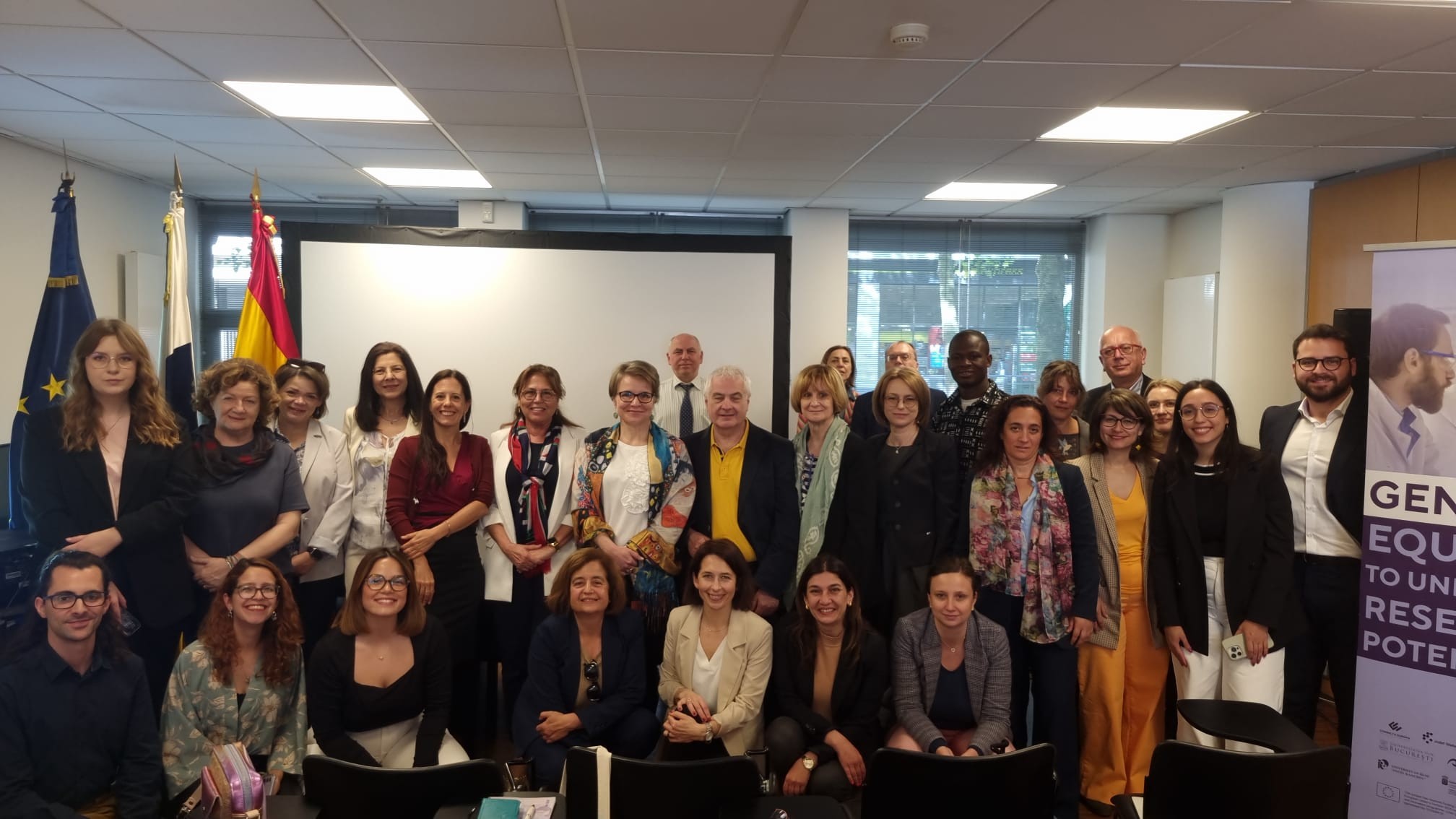
The Regional Fund of Science and Technology completed the training for the ATHENA Gender Equality Plan Implementation Committee members
The Regional Fund of Science and Technology (FRCT) completed the training for its Gender Equality Plan Implementation (GEPI) Committee members on ‘Language and Power’ and ‘Human Rights and Inclusive Language’.
This training was developed within the ATHENA capacity-building activities for systemic institutional change. The aim was to capacitate the GEPI Committee members on language, symbolic representations and power, explore the concepts of manterrupting, bropropriating and mansplaining while discussing national and international legal-politic instruments on gender equality.
The methodology was interactive and reflexive, contributing to the development of skills in consulting relevant documentation, production of reasoned argumentation, the debate of ideas in small and large groups, and the construction of explanatory schemes of the issues addressed.
In the training, it was analysed language as an institution that has the power to build symbolic representations about the social world, the power relations of the male order, and the historical background of the cultural imposition of silence as a norm of “good conduct” for women. The GEPI members were also introduced to new ways of interpreting identification narratives and how to think about the relationship between language and gender identity.
The training was delivered by Anna Silva and Paulo Fontes, professors at the University of the Azores, and was organized in two registers: theoretical, exposure of content, concepts, arguments and theories; theoretical and practical, questioning, analysis, exploration of texts and their nuclear content, as well as practical exercises to consolidate learning.
These sessions contributed to the essential elements to take into account when analysing the diagnosis, as well as knowing how to identify, through the extracted results, the measures that should be included in the future Gender Equality Plan within the institution.



![[PRESS RELEASE] ATHENA Hosts High-Level Discussions on Gender Equality in European Research](https://www.athenaequality.eu/wp-content/uploads/2025/03/PRESS-RELEASE-1.jpg)












